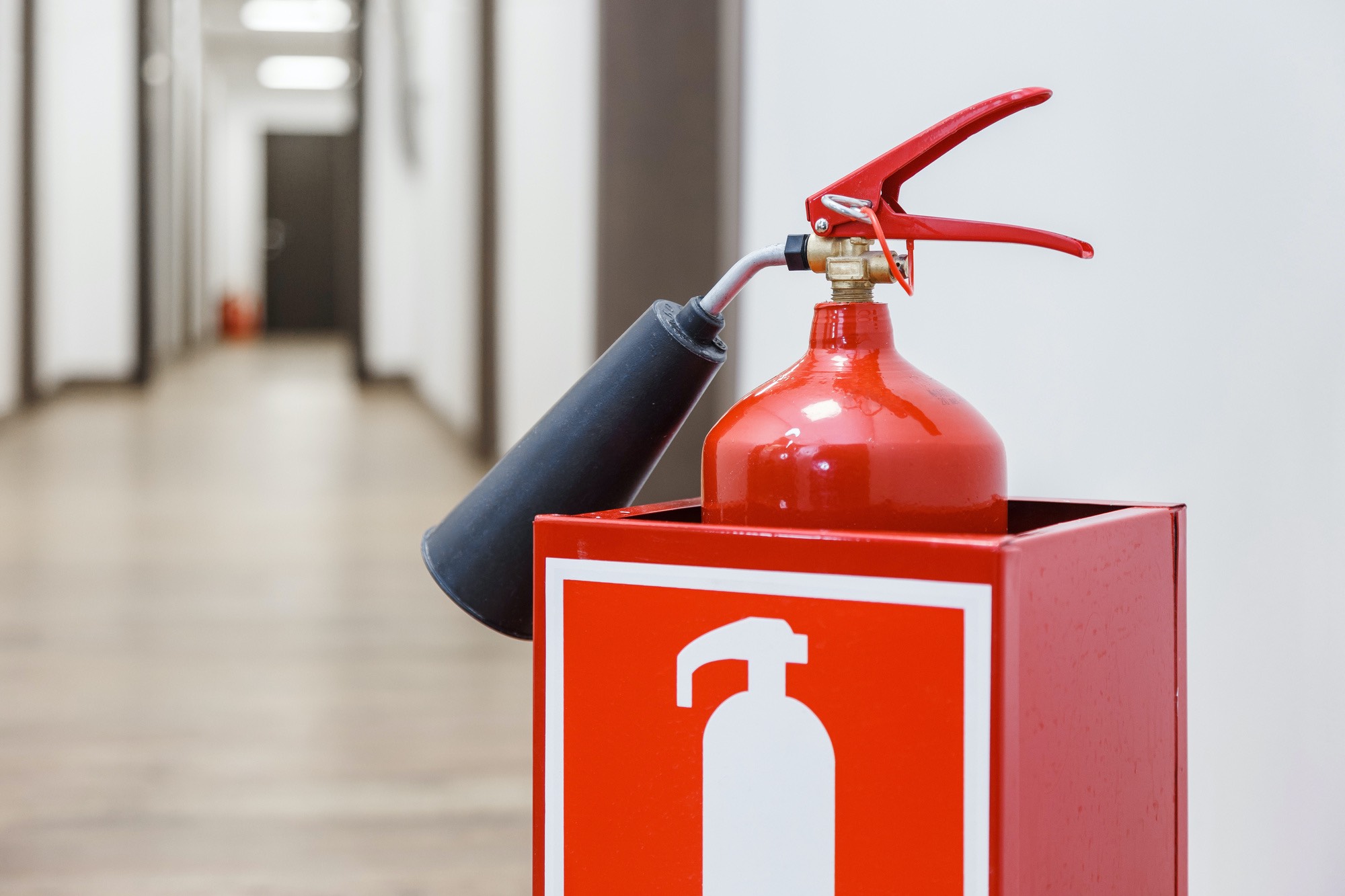Ensuring the safety of residential and commercial properties from the ever-present threat of fire is a paramount concern for every citizen in the United Kingdom. This concern becomes especially acute in regions susceptible to fires and bustling urban centres, where the rapid spread of flames can wreak havoc.
To navigate this pressing issue, we must distinguish between two terms that may sound similar but hold distinct significance: fire risk assessment and fire risk audit. Let us delve into the intricacies of these crucial processes.
Fire Risk Assessment
Mandatory by law, a fire risk assessment is an indispensable requirement for all workplaces and multi-occupied buildings in England and Wales, with a particular emphasis on venues accessible to the public, such as retail businesses.
Whether you are the property owner or the business proprietor, the onus of ensuring fire safety within your workplace premises rests squarely on your shoulders. You bear a duty, not only to your staff but also to the public, to mitigate the risks associated with fire hazards.
For those who lack the expertise to undertake this assessment themselves, the option exists to delegate a qualified fire risk assessor. These professionals possess a comprehensive understanding of fire safety management systems, potential fire triggers, hazardous materials, and the risks associated with fire incidents.
Typically, the assessment follows the identification of fire hazards within your property or place of business. This evaluation considers the potential harm these hazards may cause and considers the number of individuals who could be exposed, including staff, customers, tradespeople, and delivery personnel.
In essence, the risk assessment is a process that gauges the expected consequences of an incident arising from a hazard, encompassing factors such as fatalities, permanent disabilities, injuries requiring medical treatment, and the probability of such incidents occurring.
Property owners must also ascertain whether any risk control measures are already in place and whether they are adequate for eliminating or substantially reducing the risk. Under health and safety legislation, three fire safety obligations must be fulfilled:
- Taking all reasonable measures to minimise the likelihood of a fire or explosion.
- Ensuring preparedness for a fire or explosion.
- Notifying the health and safety authorities in the event of a fire-related incident.
To ensure compliance with these obligations, consider this checklist:
- Manage fire and explosion risks by minimising them to the fullest extent reasonably possible.
- Implement, maintain, and familiarise yourself with appropriate firefighting equipment.
- Establish and maintain an effective emergency plan.
- Develop and maintain efficient evacuation procedures.
- Understand the procedures for incident notification and how to implement them when necessary.
For those uncertain about performing a risk assessment independently, engaging a trained and experienced professional remains open. If you’re in London, feel free to contact GF Fire Solutions for fire risk assessments London professionals.
Fire Risk Audit
In contrast to the assessment, a fire risk audit is a rigorous examination to confirm whether a building aligns with approved building safety design standards. It constitutes an annual inspection and review of fire safety measures, forming an essential component of a building’s safety requirements.
This audit encompasses a comprehensive review of the building and related documentation, including equipment training procedures, test reports, and block plans.
A registered Fire Risk Auditor is responsible for conducting the audit in accordance with UK Building Codes and Standards. These audits must be conducted at least once a year, following guidelines prescribed by the HSE.
Furthermore, they should be initiated whenever any significant issues are identified within the fire safety systems, whenever there are alterations to your fire safety needs, or whenever you seek to strengthen your fire safety systems.
The frequency of fire safety audits hinges on significant changes within the workplace and should be conducted in response to the following scenarios:
- Modifications to the workplace layout or structural adjustments to the building.
- An increase in the number of occupants within the building.
- Occurrence of a fire incident or accident.
- Alterations to equipment and machinery.
- Hiring of an employee with a disability.
Final Note
Understanding the nuances of fire risk assessment and audit is pivotal in safeguarding lives and property from the ever-present spectre of fire.
That said, it is imperative that fire safety risk assessments and audits be conducted across all areas of your business premises, with all potential hazards carefully documented.
Subsequently, appropriate measures should be implemented to minimise the risk of fires and associated injuries.









